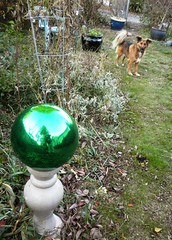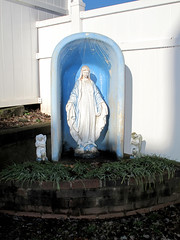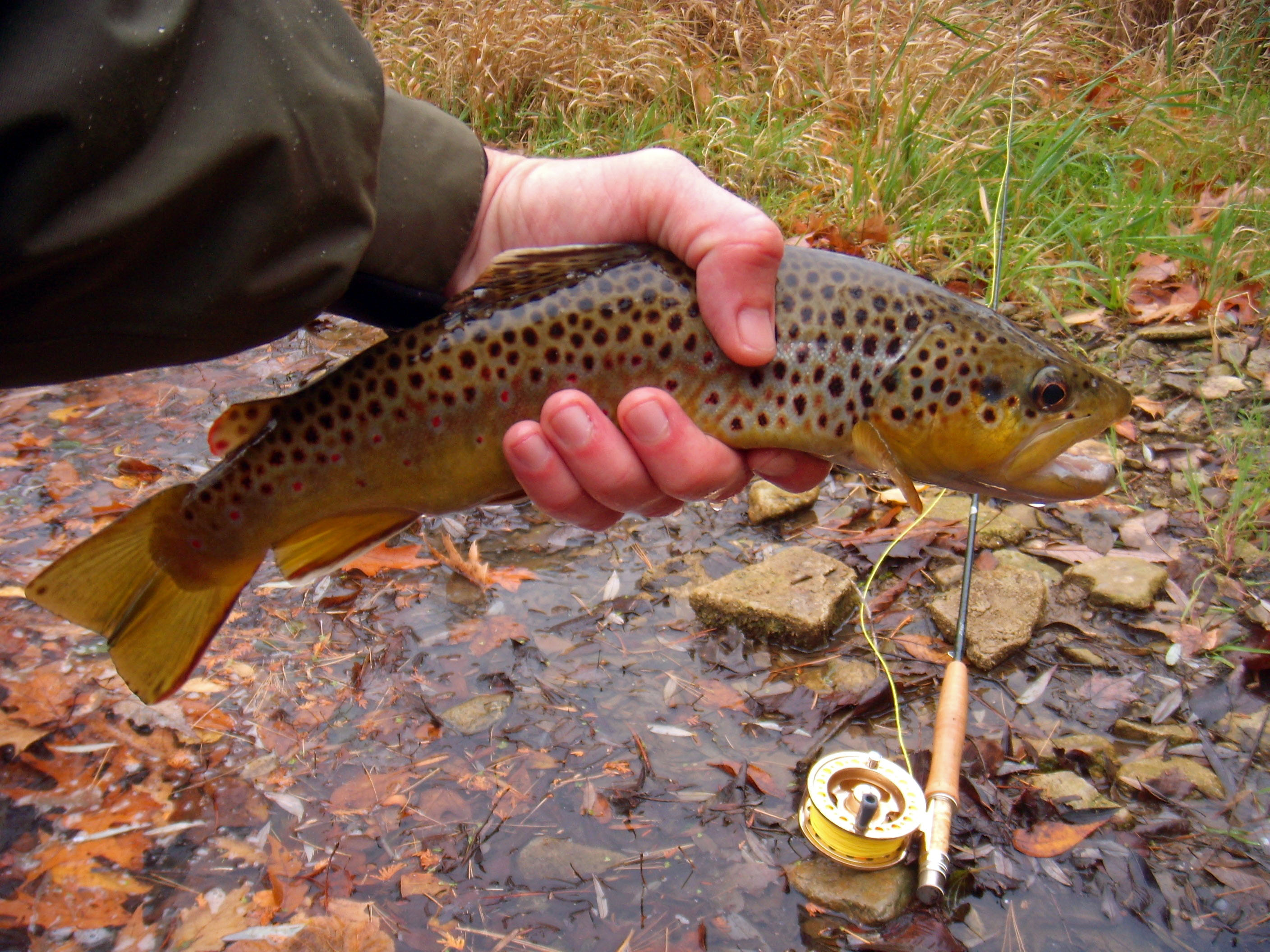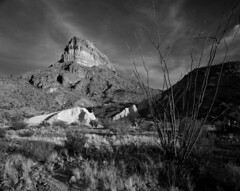San Diego County authorities are looking for art thieves who have made off with . . . a 600-pound bronze moose. The . . . thieves have stolen nearly $44,000 worth of lawn art since October. . . . [including] Buddha yard statutes [sic], a life-sized aluminum colt, a 3-foot-tall statue of the Virgin Mary and a copper statue of three children valued at $15,000.
- New York Times (March 28, 2011)
Lawn art has come a long way since I was paying attention. In fact, the very phrase "lawn art" seems to elevate those artifacts some people strew about the place from the mundane to an aesthetic concept, as "travel" or "going abroad" can transform the practice of eating bad food in cheap hotels to the exotic, privileged and slightly mysterious. We used to call them "lawn ornaments." "Lawn art" is to "lawn ornaments". . .
. . . as "going abroad" is to . . .
"Pull this string if you will be wanting to be taking room service."
Now I can only imagine two settings appropriate to the idea of "lawn art." When you imagine any outdoor statuary that might merit being called "art," you think perhaps of some extensive and elegant grounds in Hertfordshire or Gloucestershire sporting, for example, a replica of the Winged Victory of Samothrace amidst the herbacous borders:
"I'll fly, you steer."
(Of course, the grander American establishments have always taken their artistic cue from remembrances of a rosy past, an easier time in a more benign order of things, before labor unions and various other "emancipations" made bronze mooses all the fashion):
Or contrariwise, you imagine lawn art plopped down amidst the precincts of the suburbanized American bourgeoisie of the 1950s - the pink flamingo, the glass "gazing" globe . . .
"Oh. There's the bathroom."
. . . or amongst the devout working class who had often just remodeled the Hoboken bungalow:
"Oh. There's the bathroom."
The devout can still elevate their lawn aesthetic to the devotional and sublime. There is, it seems, a cheap garden Buddha for every mood, a vehicle for the serene ascetic . . .
. . . or the jovially raffish profligate . . .
I can imagine the police interrogation following the arrest of the culprit who absconded with the Buddha "statute": the Buddha perched on the table in front of a defiant suspect, good cop and bad cop both present, one seated, one pacing with cigarette. Good cop says:
"Why did you steal a Buddha statue?" The suspect remains silent. "Was it," continues the bad cop, "as a visual aid for meditation?" No reply from the scoundrel. "To add further Buddhist themes to a meditation room?" the policeman queries roughly. Still no reply. "Then perhaps to complement a general interior with a Buddhist decorative accessory." The suspect retains a dogged silence. The good cop interjects gently, "As a gift for a friend or family member who is interested in Buddhism?" Still no reply. "To add a Buddhist touch to a garden or yard?" Silence.
Finally the bad cop stops his pacing, leans over his colleague, and whispers, "Let's leave him for a bit - he's meditating on the Buddhist statutes."
Now the moose is a bit more problematic. Art theft has always, in the movies at least, been the precinct of the technologically advanced cat burglar . . .
"Gadzooks, sir! I am undone!"
. . . the stealthy cognoscento in a black turtleneck and stocking cap with grappling hooks and electronic jamming devices who makes his way into a museum, baffles the web of laser sensors and makes off with something like a Faberge egg that you could hide in a sock drawer.Apparently the theft of the bronze moose didn't happen quite like that. A photograph taken by an area suveillance camera reveals that the culprit had plenty of help to lift the 600 lb. bronze statue and take it from the front yard of a modest ranch house in La Mesa:
Once the statue was removed from the yard, police told Times reporters, the gang carried it bodily to a flatbed truck parked nearby, placed it on a Tommylift, and drove off to a San Diego warehouse, where officers also found the copper statue of three kidnapped children (who are collectively valued at $15,000). Police have released a photograph of one gang member who has thus far eluded police custody:



























